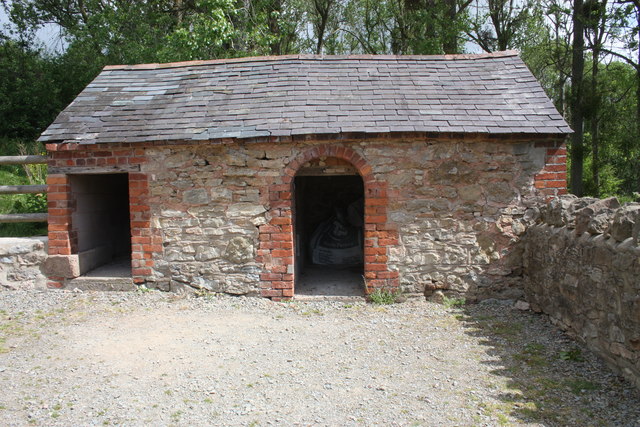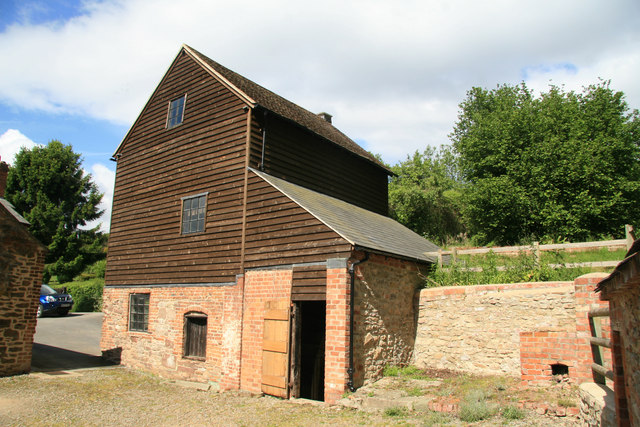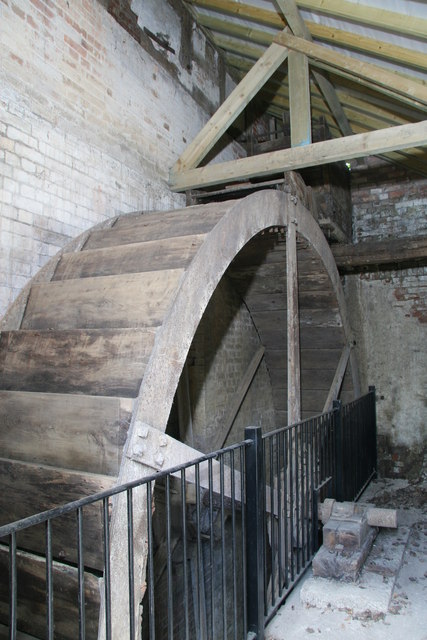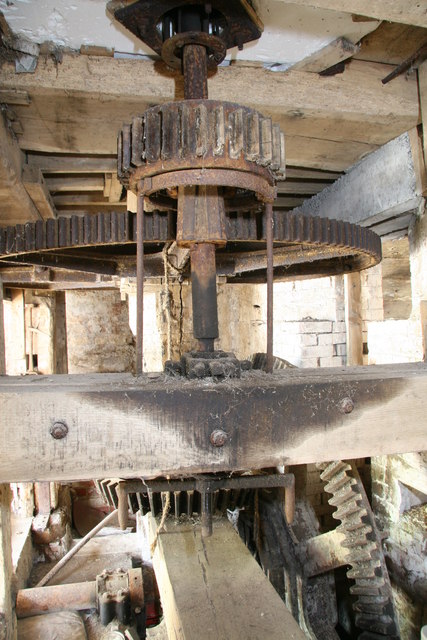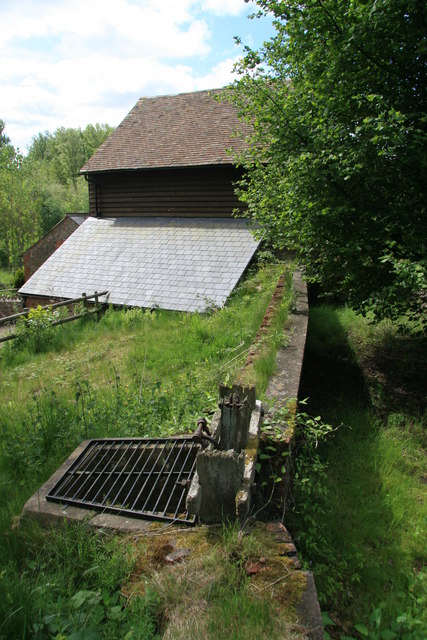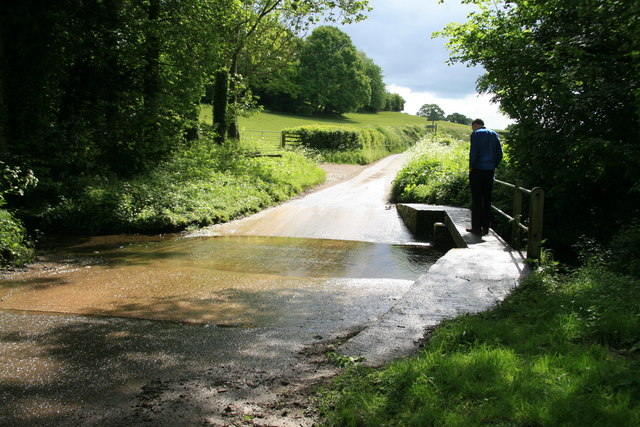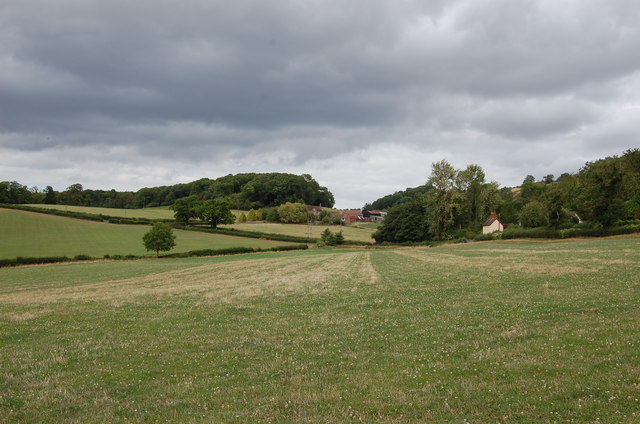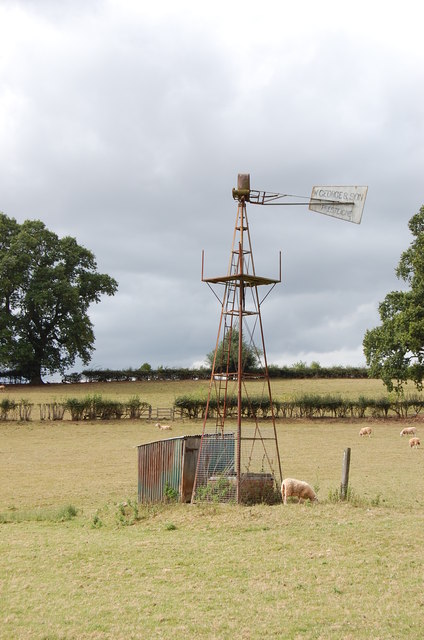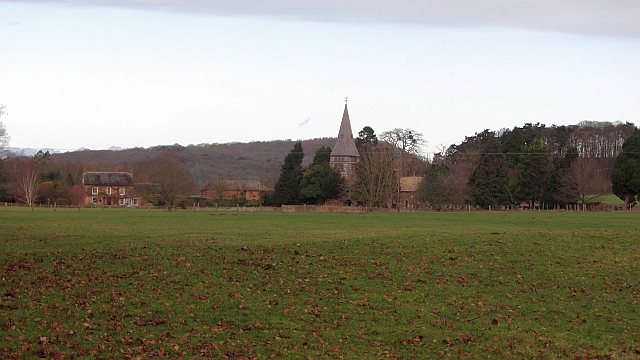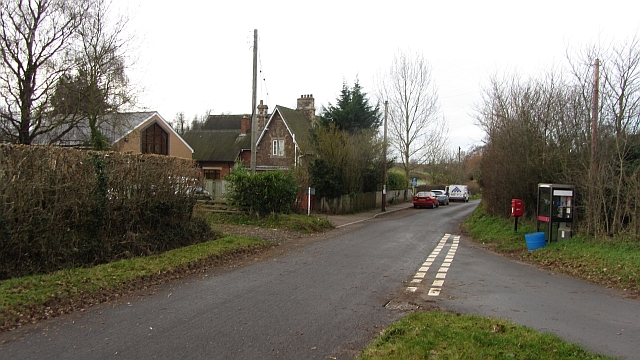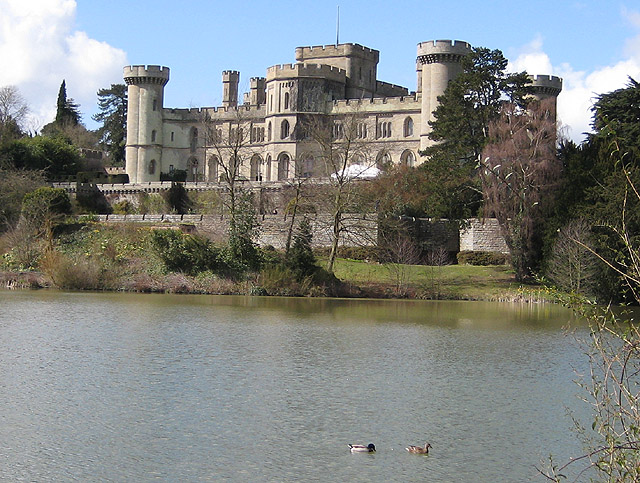Woodfields Coppice
Wood, Forest in Herefordshire
England
Woodfields Coppice

Woodfields Coppice is a picturesque woodland located in Herefordshire, England. Spanning over a vast area, the coppice is known for its lush greenery, towering trees, and tranquil atmosphere, making it a popular destination for nature enthusiasts and hikers alike.
The woodland is primarily composed of deciduous trees, including oak, beech, and ash, which provide a rich habitat for a diverse range of flora and fauna. The forest floor is carpeted with an array of wildflowers, such as bluebells, primroses, and wood anemones, creating a vibrant and colorful landscape during the spring and summer months.
Woodfields Coppice is home to various wildlife species, including deer, foxes, badgers, and a wide variety of bird species, making it an ideal spot for birdwatching and wildlife spotting. The woodland also features a small stream that meanders through its heart, adding to its natural beauty and providing a habitat for aquatic creatures.
The coppice offers a network of well-maintained walking trails, allowing visitors to explore the woodland and enjoy its breathtaking views. These trails range from short, leisurely strolls to longer, more challenging hikes, catering to all levels of fitness and experience.
In addition to its natural beauty, Woodfields Coppice also has historical significance. It was once used as a source of timber for various industries and played a vital role in the local economy. Today, remnants of this history can still be seen in the form of old timber stacks and abandoned saw pits scattered throughout the woodland.
Overall, Woodfields Coppice is a captivating destination that combines natural splendor with a rich history, offering visitors a chance to immerse themselves in the beauty of Herefordshire's countryside.
If you have any feedback on the listing, please let us know in the comments section below.
Woodfields Coppice Images
Images are sourced within 2km of 52.010042/-2.3972902 or Grid Reference SO7234. Thanks to Geograph Open Source API. All images are credited.
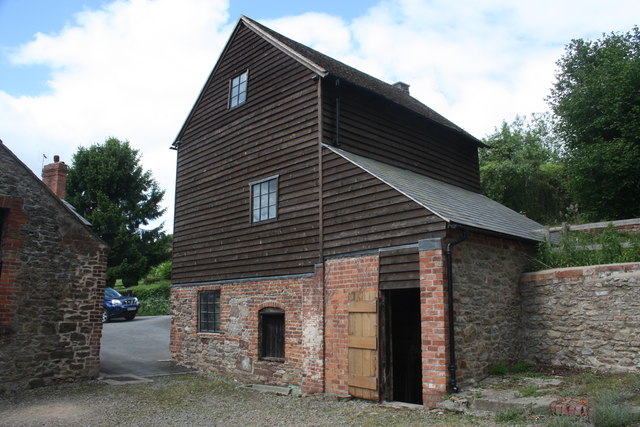
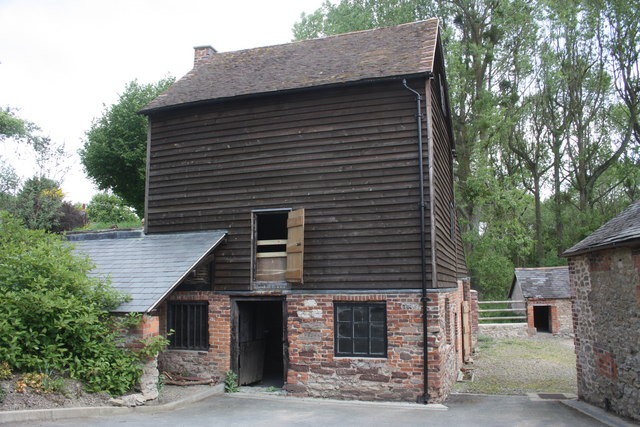
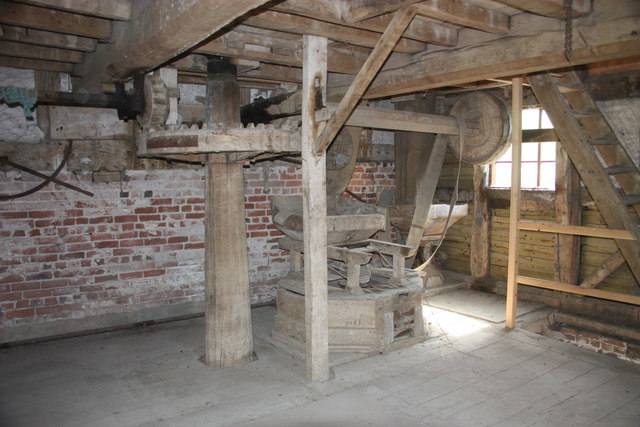
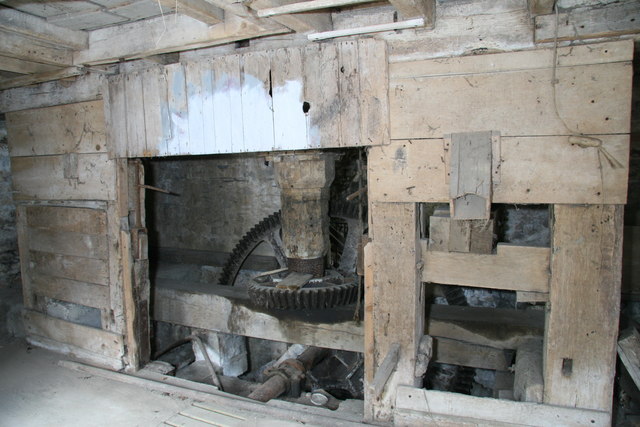
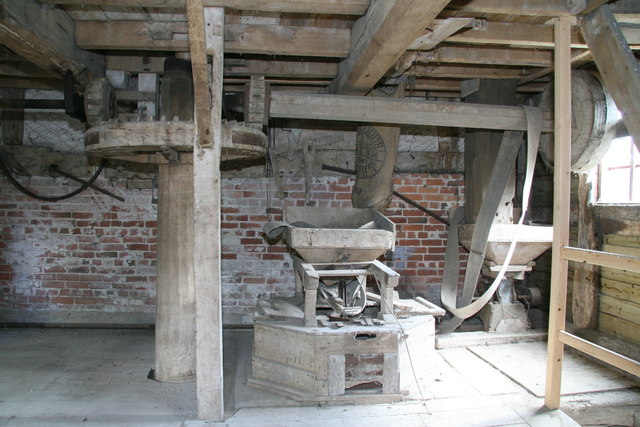
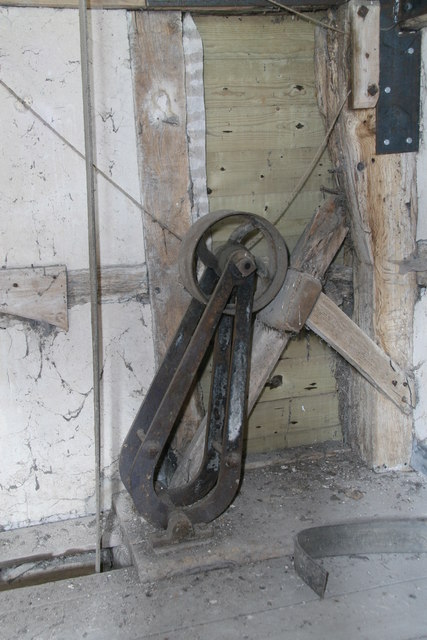
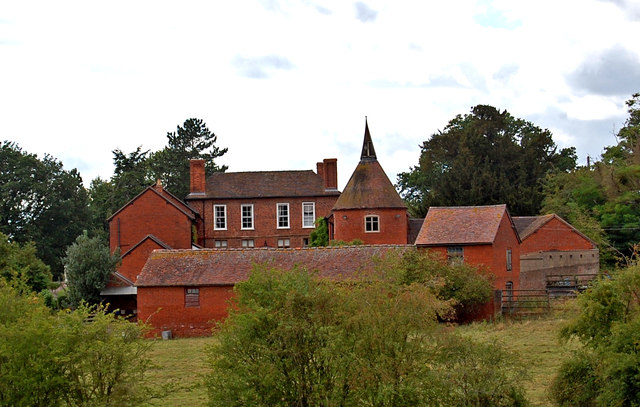
Woodfields Coppice is located at Grid Ref: SO7234 (Lat: 52.010042, Lng: -2.3972902)
Unitary Authority: County of Herefordshire
Police Authority: West Mercia
What 3 Words
///vertical.specifies.patrol. Near Donnington, Herefordshire
Nearby Locations
Related Wikis
Three Counties (Gloucestershire, Herefordshire and Worcestershire)
The Three Counties of England are traditionally the three agrarian counties of Gloucestershire, Herefordshire and Worcestershire.Including towns and cities...
Bromsberrow
Bromsberrow (or Bromesberrow) is part of the Forest of Dean district. The village is close to the meeting point between Gloucestershire, Herefordshire...
Parkway, Herefordshire
Parkway is a hamlet centred 2 km (1.2 mi) south of the market town of Ledbury in Herefordshire, England, centred on the direct single-carriageway north...
Donnington, Herefordshire
Donnington is a village and civil parish near Ledbury. == Parish church == The parish church is dedicated to Saint Mary. Donnington Hall is located here...
Eastnor Castle
Eastnor Castle, Eastnor, Herefordshire, is a 19th-century mock castle. Eastnor was built for John Cocks, 1st Earl Somers, who employed Robert Smirke, later...
Church of St John the Baptist, Eastnor
The Church of St John the Baptist is a Church of England parish church at Eastnor in the English county of Herefordshire. Of 12th century origins, the...
Eastnor, Herefordshire
Eastnor is a village in Herefordshire, England, 2 mi (3 km) east of Ledbury and the same distance from the tripoint of the county with Worcestershire...
John Masefield High School
John Masefield High School is a secondary school with an academy status, located in Ledbury, Herefordshire, England. It is named after the poet John Masefield...
Nearby Amenities
Located within 500m of 52.010042,-2.3972902Have you been to Woodfields Coppice?
Leave your review of Woodfields Coppice below (or comments, questions and feedback).
